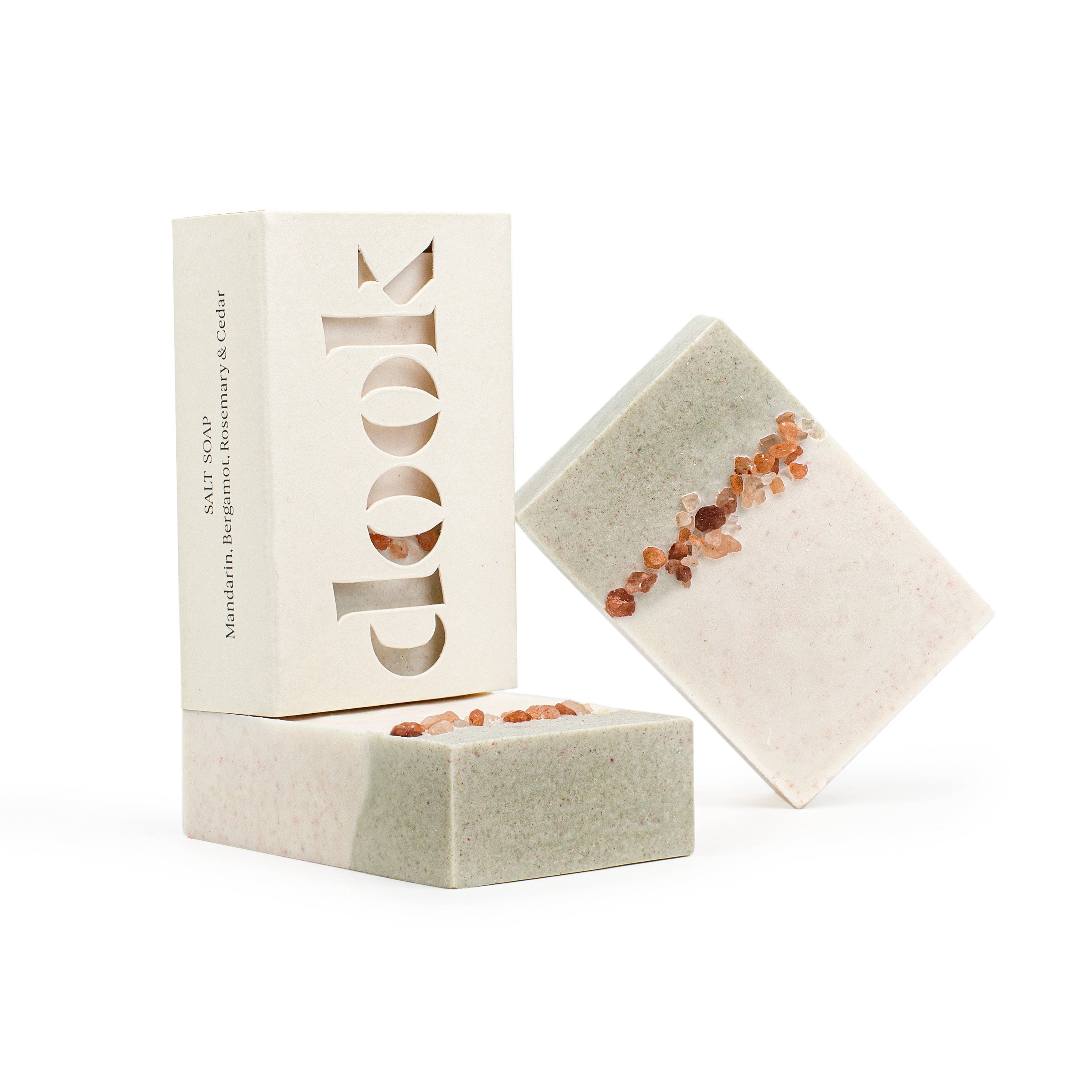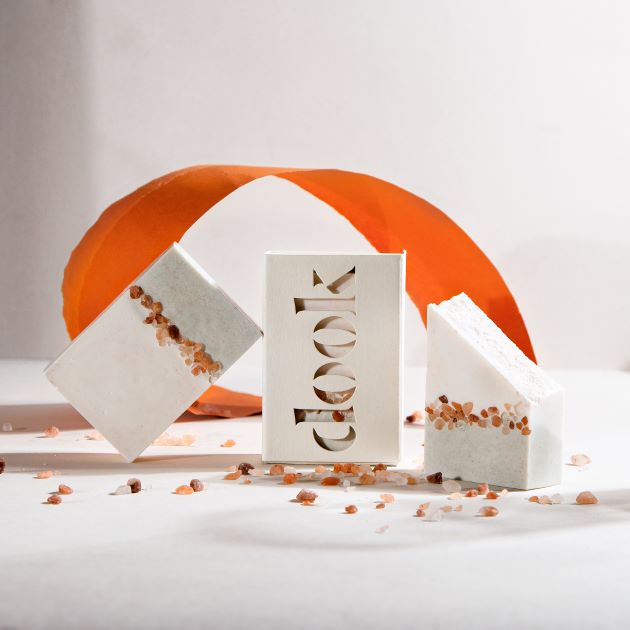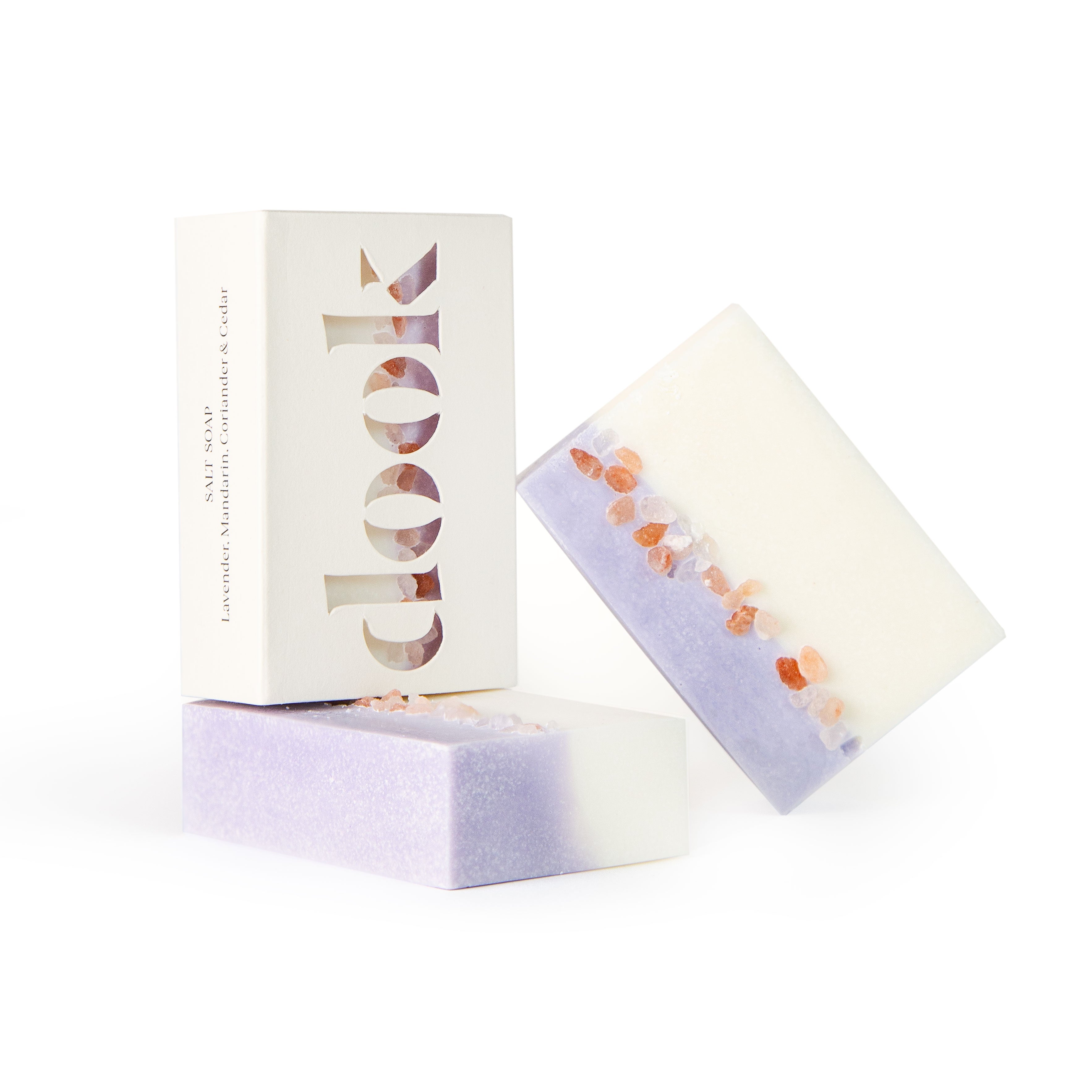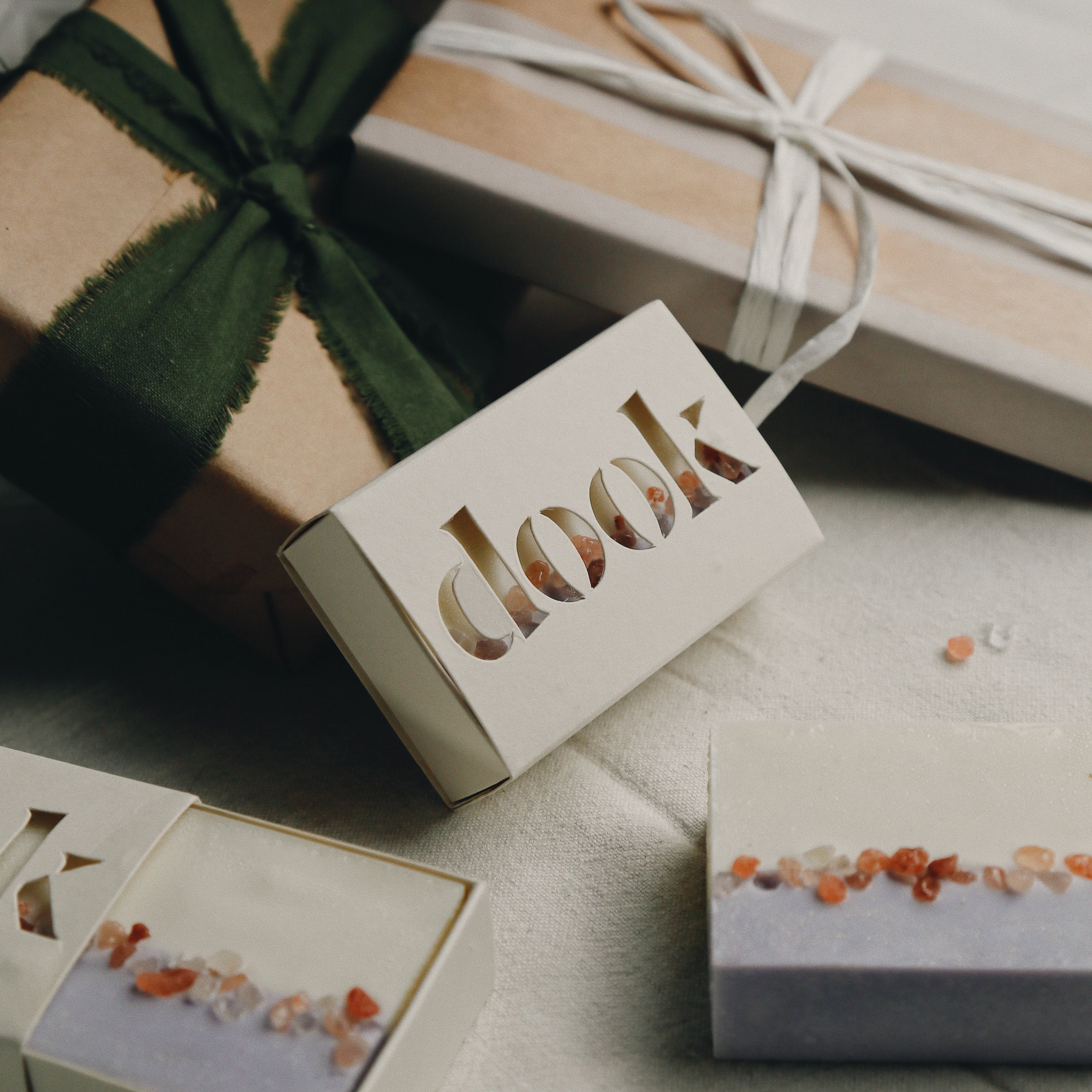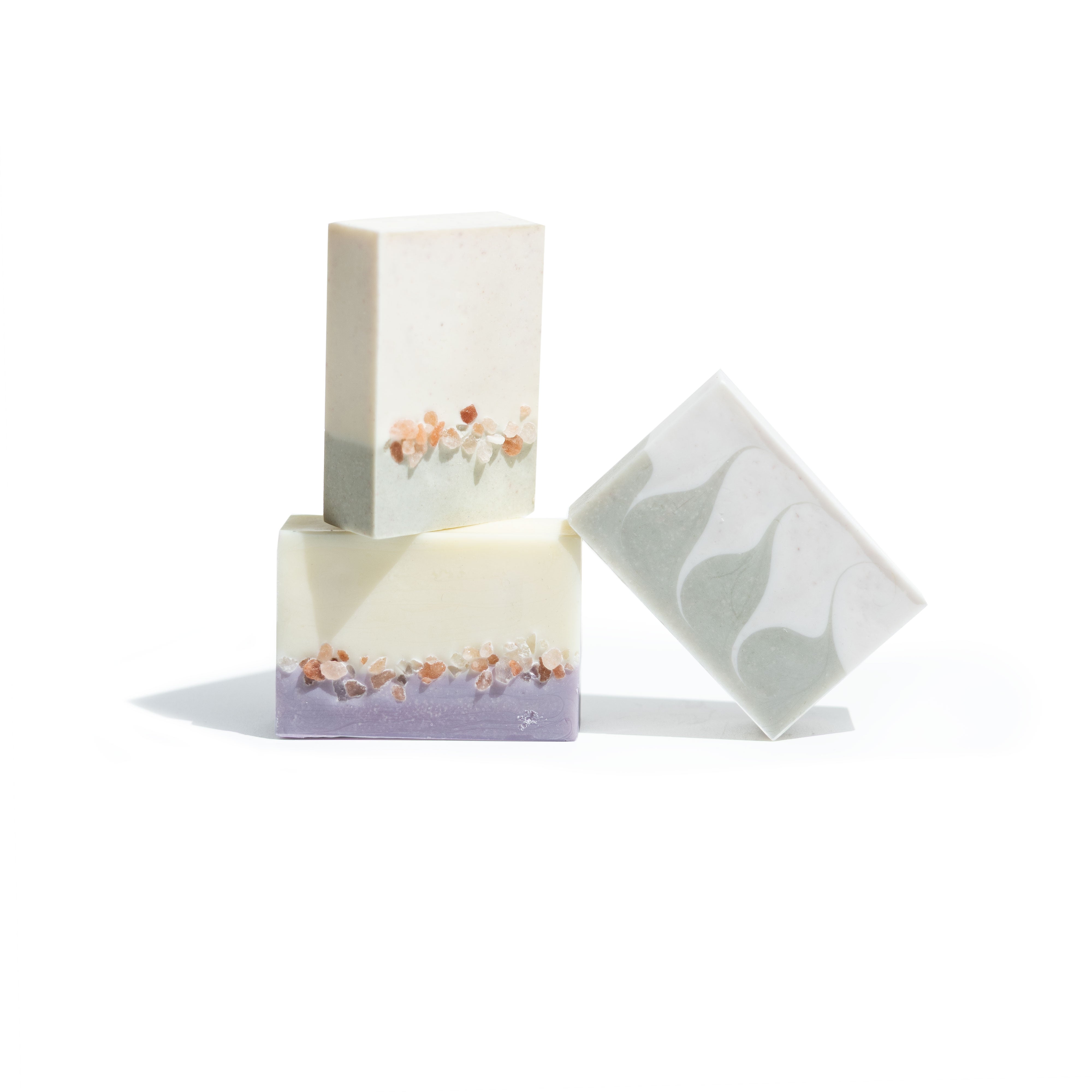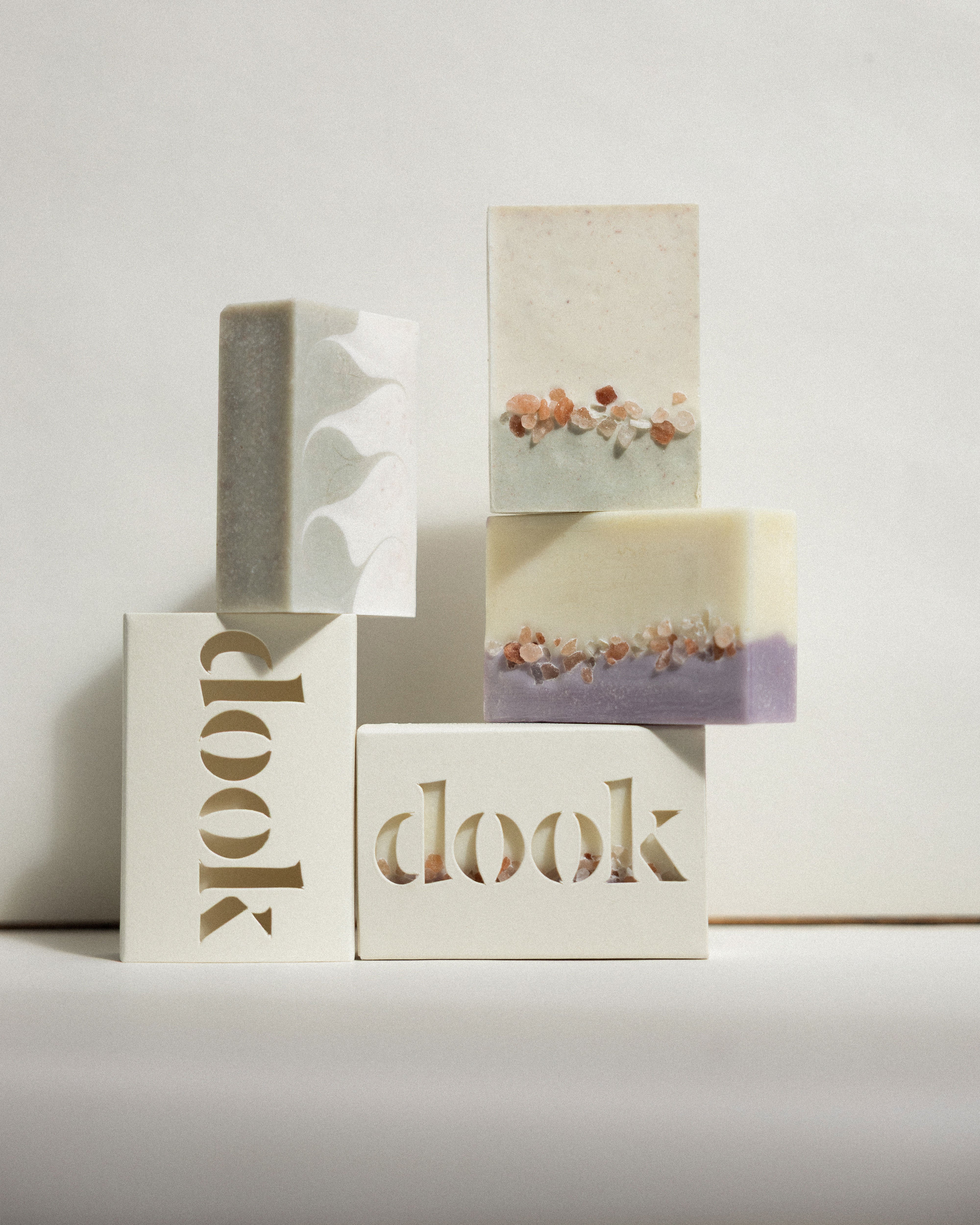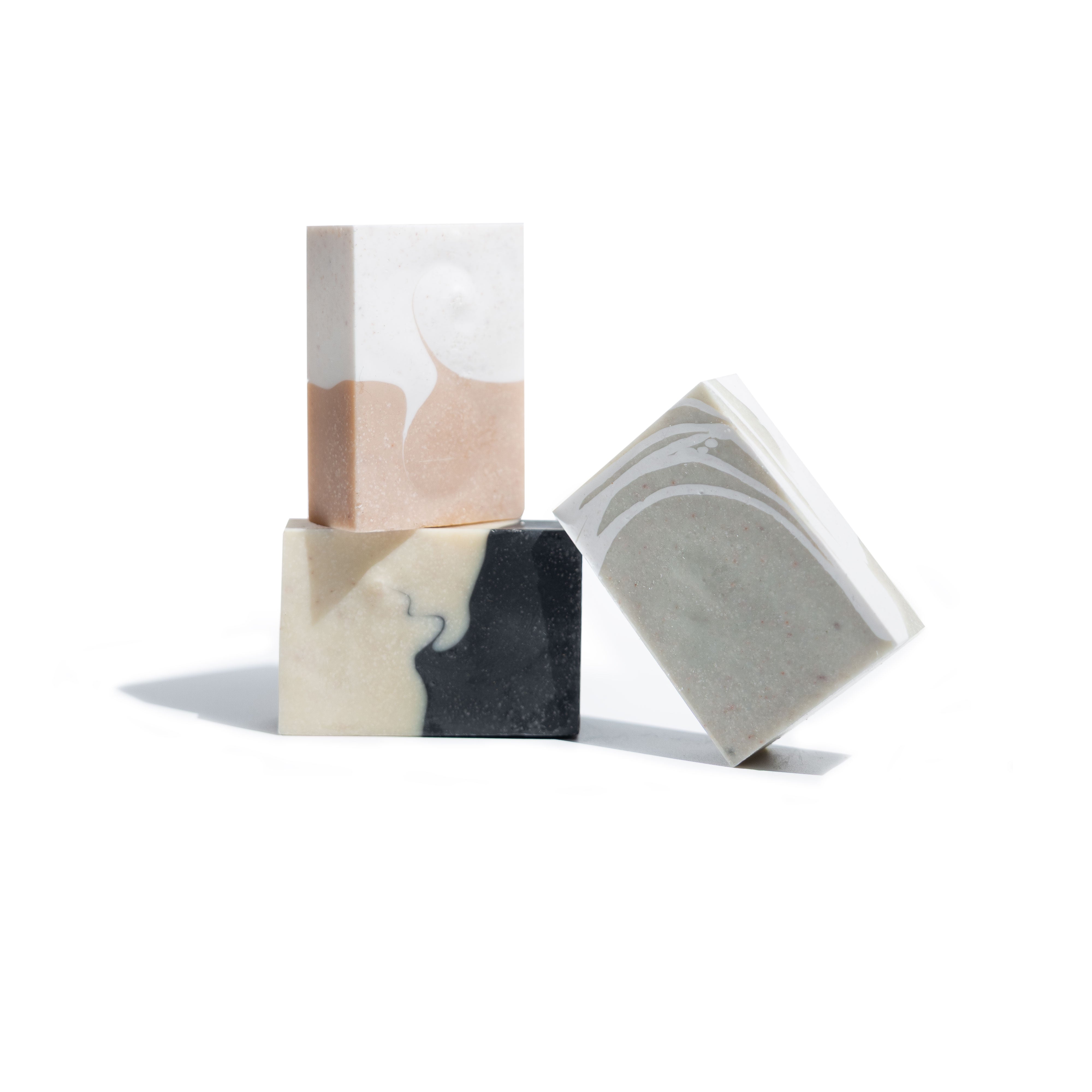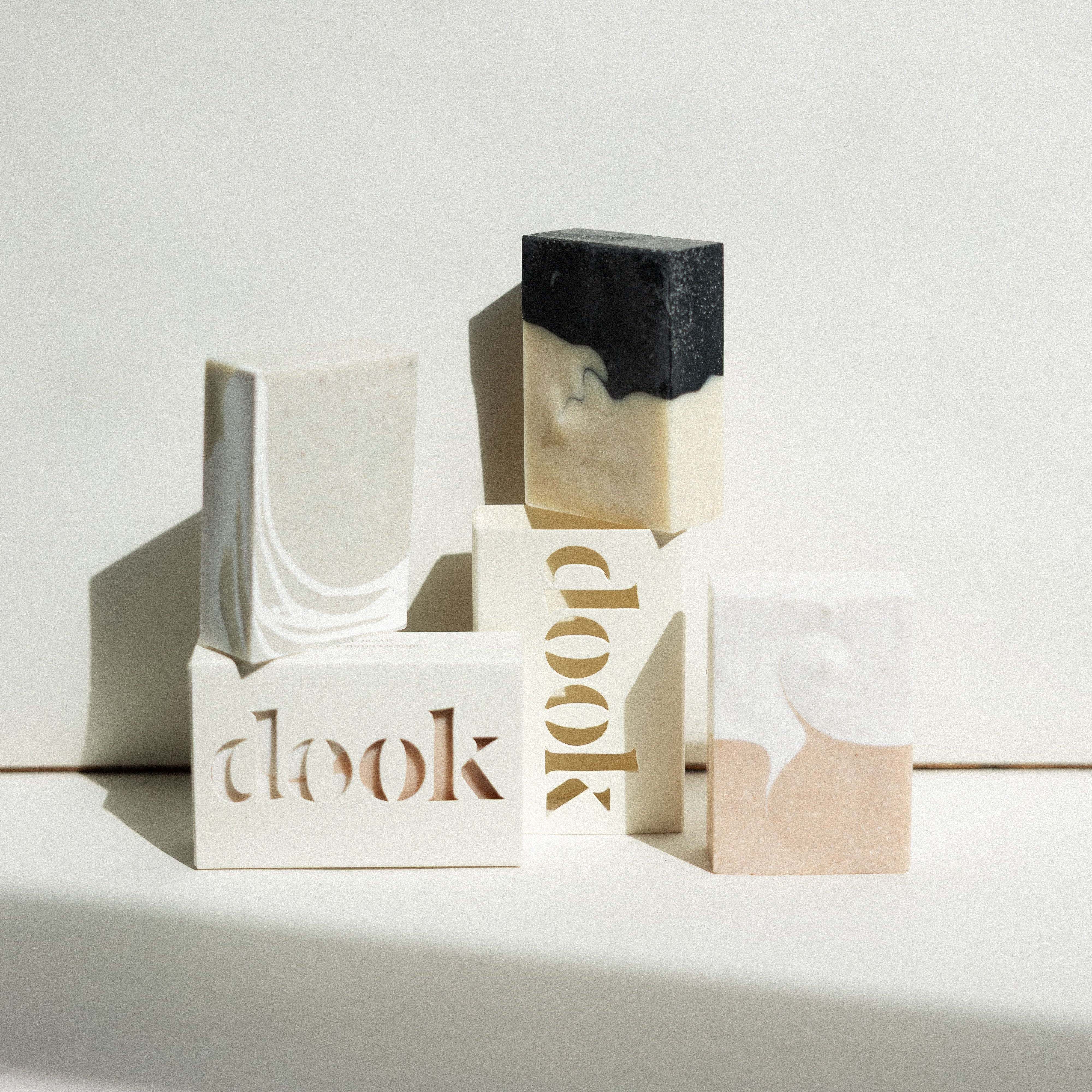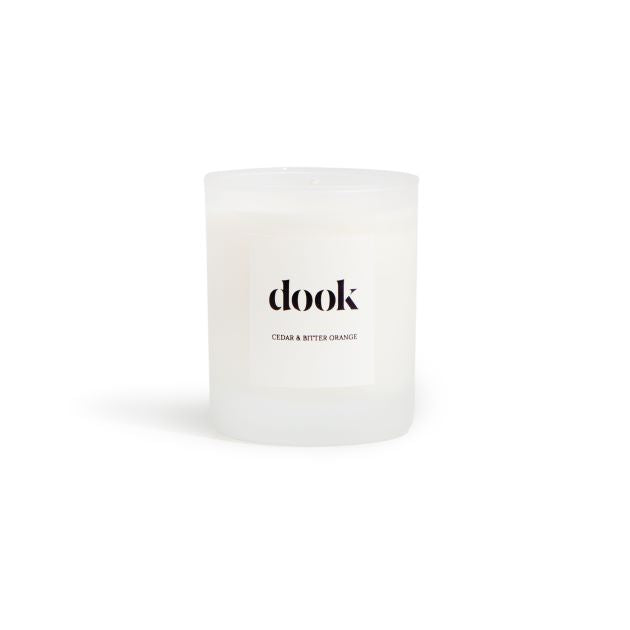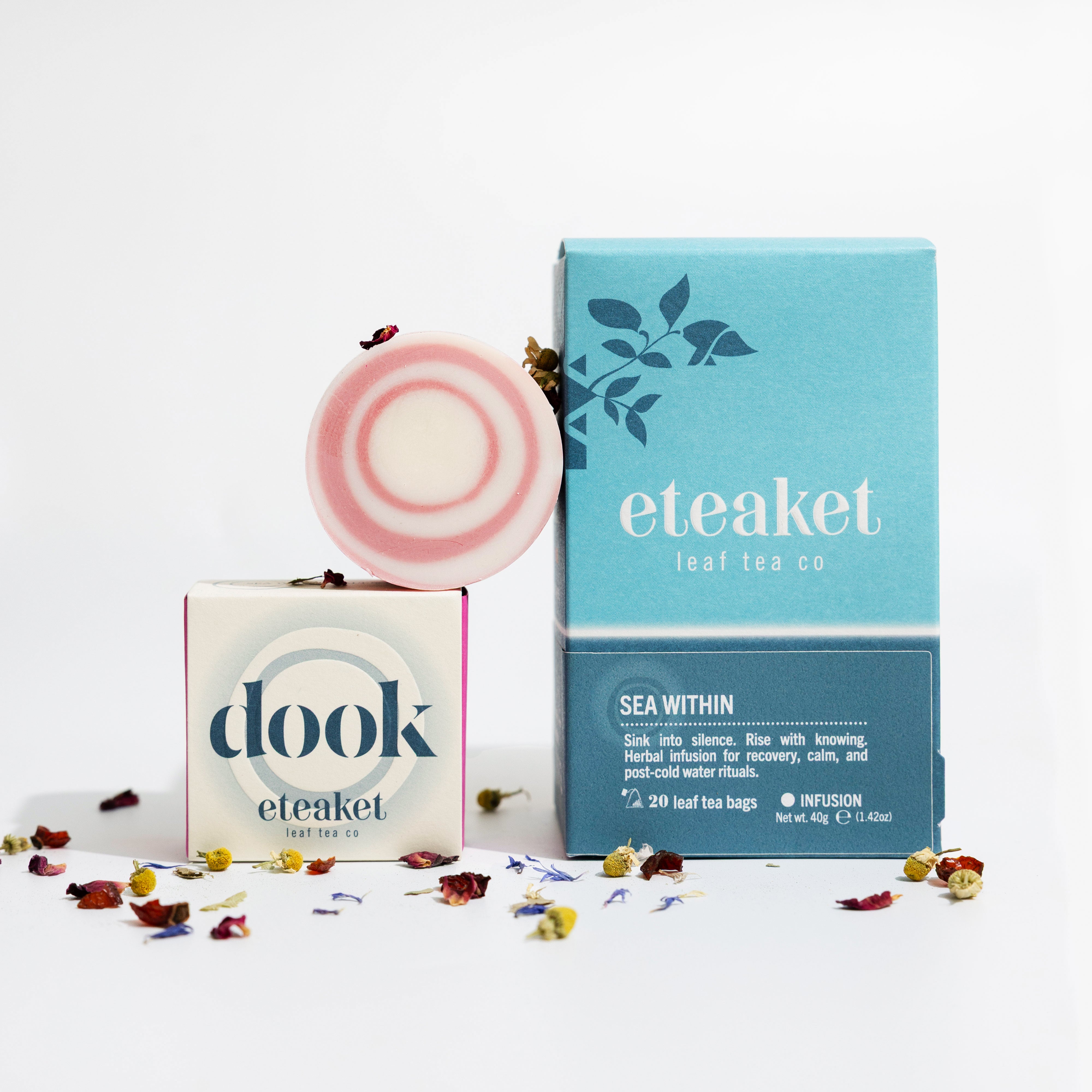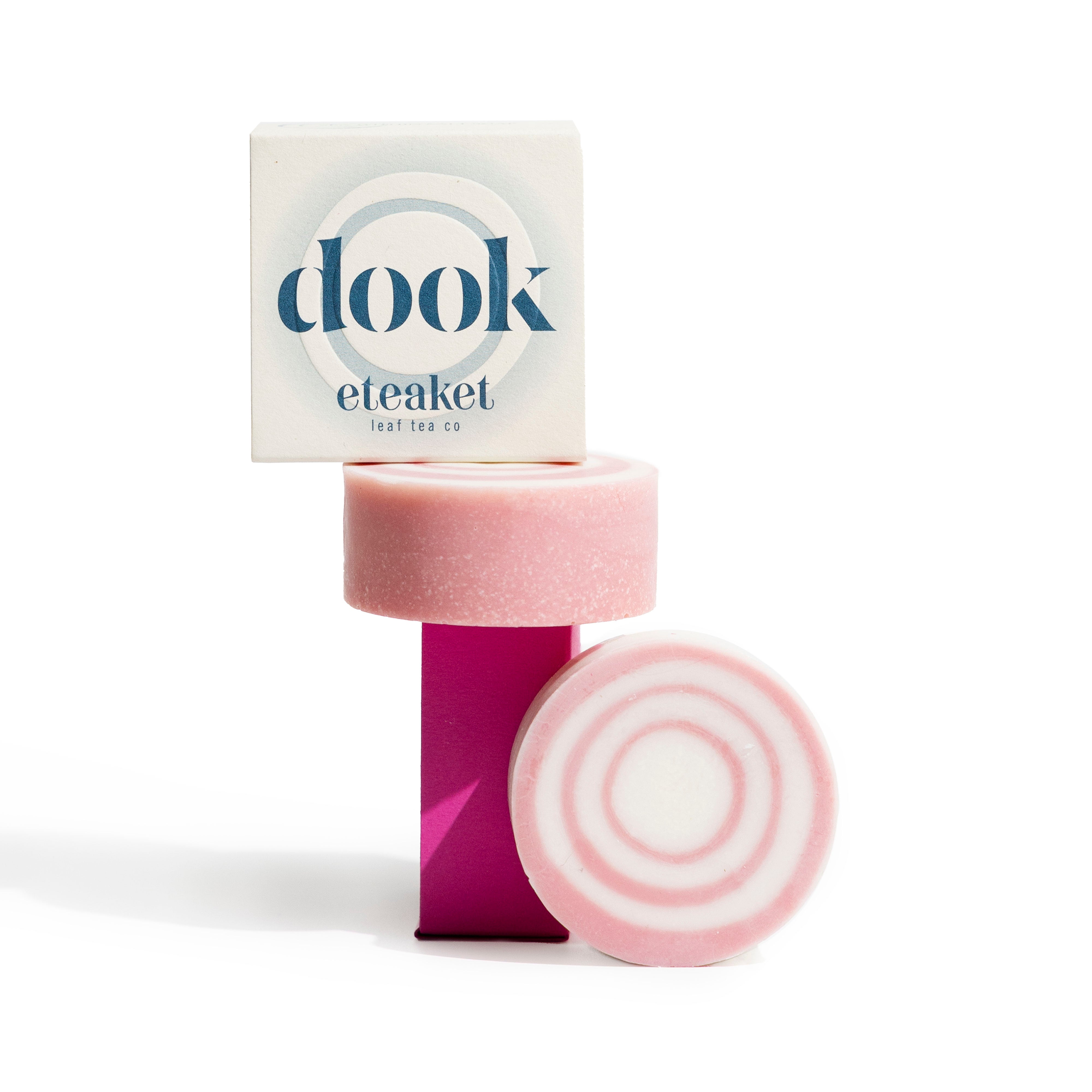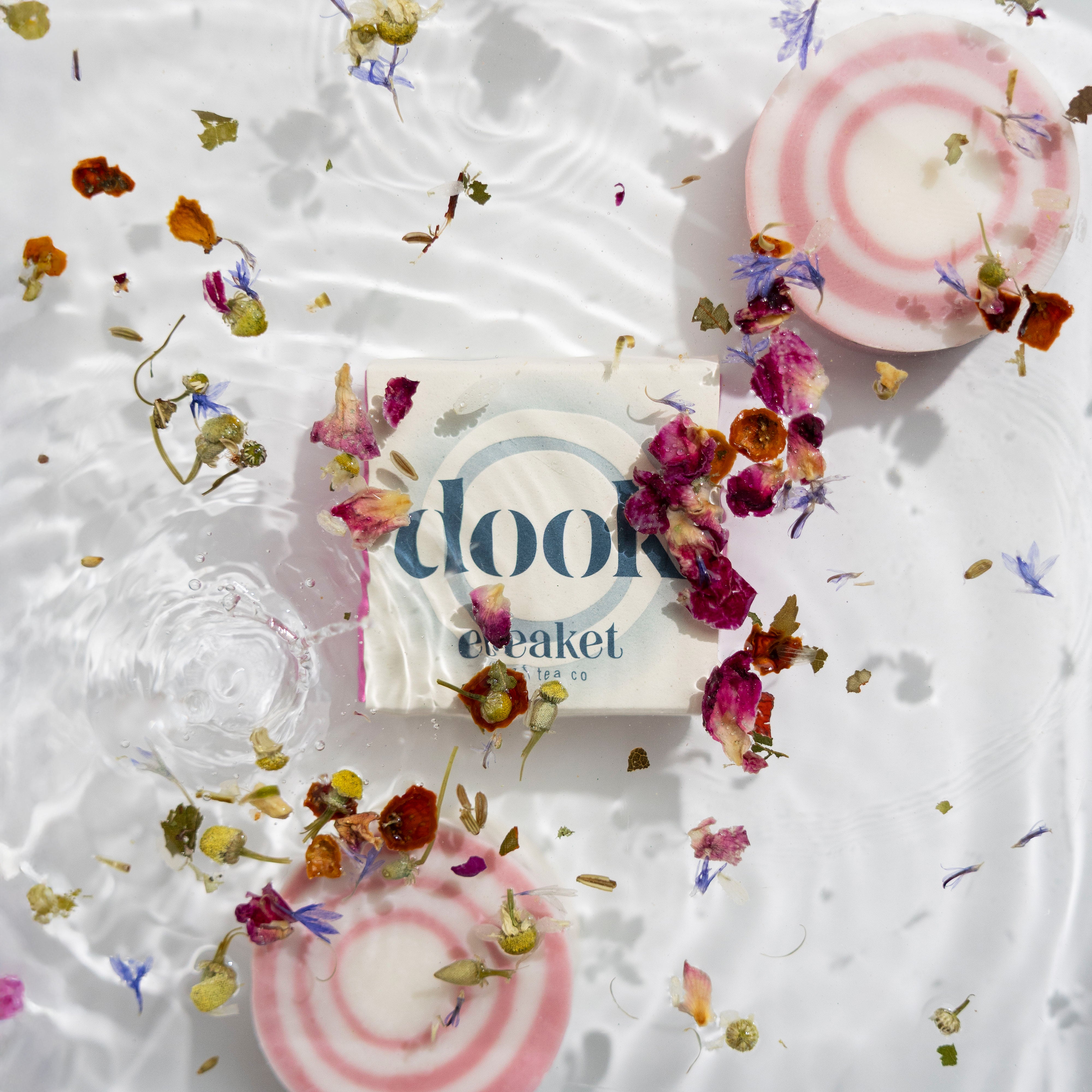This summer I was lucky enough to enjoy a holiday Sicily. It was too hot for day trips, a sweltering 40 degrees on most days, but there was one place I just had to visit: the Trapani Salt Flats.
Many of our products contain natural sea salt sourced here, including all of dook’s Bath Salt range and our new Jupiter Artland Salt Soap. Pure Sicilian Sea salt is a beautiful natural ingredient with a long, rich history and a positive environmental impact too.
So on one day of our holiday, the temperature hovering around 42 degrees, my family and I set off for Trapani a low-lying town on the west of the island. To the south of its ancient harbour walls lies a wind-blasted patchwork of pools. These are the iconic salt flats – created hundreds, possibly thousands of years ago and still in operation today.

Remarkably, this industrial landscape doubles as one of Sicily’s most important wetlands, an official Nature Reserve protected by the WWF since 1995.
As we drove through the surreal landscape I was incredulous when my kids claimed to have spotted flamingos. But it was true - many species of birds thrive on these briny lowlands: flamingos, spoonbills, great white egrets, egrets, marsh harriers and many waders.
The baking heat and the relentless wind are the reason these salt flats exist here: pure sea salt is extracted from sea water through the process of evaporation. The natural processes of wind and sun are aided by a series of artificial pools each shallower than the last.

An evaporation pool with a windmill in the background, its power was once used to move the water between the pools.
The first and deepest pool is open to the sea and teems with fish – and of course bird life. Using ancient ‘Archimedes screw’ technology this sea water is then moved to progressively shallow pools until the brine becomes so concentrated you can see delicate crystals of salt forming on the surface. This surface salt is the ‘fleur de sel’ square crystals floating on the saline water, whilst at the bottom of the pool larger crystals form.

My daughter investigating the briny waters
In these final pools the salt appears pink, this is apparently due to microbes which live on in the dark, silty mud at the pool’s base. These microbes are eaten by tiny shrimp which acquire the rosy hue, in turn this colour is passed to the local flamingos who have this shrimp diet to thank for their famous pink feathers!

'Fleur de Sel' crystals forming on the surface of the water
Once all the water has evaporated the salt is pure white and ready to be harvested. Every August the crystals are heaped by hand into conical piles before being left for a final drying stage. The Sicilian sea salt is then packaged without any additional processing for sale and use in food and, of course, our products.
Despite the heat, it was wonderful to see first-hand where one of our star ingredients is created. This sea salt is a truly natural ingredient with a very low impact on the environment. It was wonderful to hear how these flats benefit the local economy the biodiversity of this amazing region.

Me and my daughter in the shade at the Museum of Salt in Trapani.
To find our more about Sicily's amazing salt flats check out: www.museodelsale.it and www.wwfsalineditrapani.it
To try some of our products containing this amazing product visit:
Jupiter Artland x Dook Salt Soap
